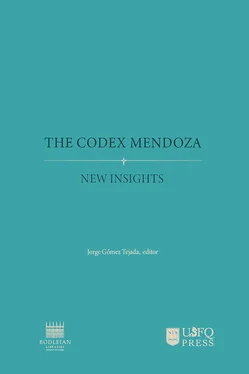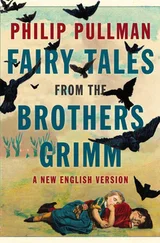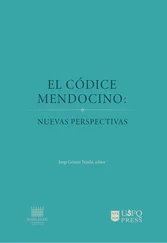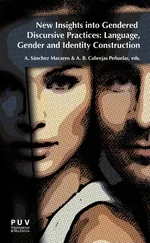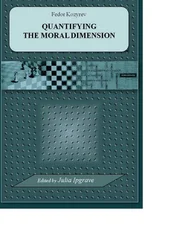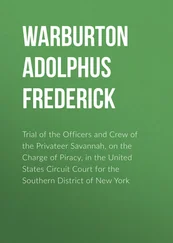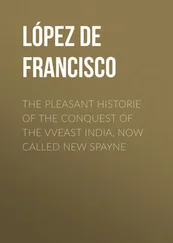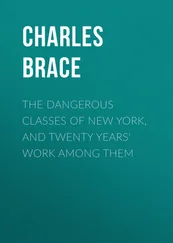There appears to be no concrete evidence in these texts that the manuscript we know as the Codex Mendoza was either the first report sent to the emperor and to Mendoza’s brother (the account of Huitzilopochtli’s ascent) or the second promised report, the historical scope of which goes well beyond that of the Codex Mendoza (particularly regarding Quetzalcoatl). Moreover, the history of the foundation of Tenochtitlan as told in the first report is notably different than that rendered in the Codex Mendoza. Meanwhile, the second report was apparently informed by the Relación de Michoacán, which Viceroy Mendoza had commissioned in 1539-40, in which the contents of the Codex Mendoza became but a chapter in a more comprehensive history of the peoples of New Spain.
Alongside studies that sought to ratify the link between the manuscript and the viceroy, a group of academics continued their research on the possible authors of the Codex Mendoza’s text. In 1938, Wigberto Jiménez Moreno (cited in Nicholson 1992, 2) suggested that bishop Juan González was the author of the texts in the Codex Mendoza, basing his conclusion on a reference to the years and duration of the rules of the lords of Mexico in the Florentine Codex. In 1941, after performing a calligraphic analysis similar to Clark’s, Federico Gómez de Orozco (1941) ratified Jiménez Moreno’s hypothesis after concluding that the final mark in folio 71v was a “G”. Finally, in 1963, Woodrow Borah and Sherburne Cook (1963, 31) concluded that the aforementioned mark was a “Q,” further complicating the already exigent task of finding the author of the manuscript’s texts.
Twenty-one years after Cooper Clark’s study, interest in the Codex Mendoza as an object of Mexica artistic ingenuity was rekindled. In Mexican Manuscript Painting of the Early Colonial Period, published in 1959, Donald Robertson crafted an artistic-historical context for the classification of pre- and colonial manuscripts that had survived into the twentieth century, similar to that used for the study of Early modern art. Thus, Robertson divided the manuscript according to schools and styles that, to a greater or lesser degree, incorporated elements traceable to the metropolitan areas of pre-Columbian Mexico or to European artistic influences. Robertson ([1959] 1994, 82–106) classified the Codex Mendoza as an “initial manuscript” of what he denominated the “second stage in the school of México Tenochtitlan” due to the presence of stylistic and formal elements which he deemed peripheral, such as the substitution of the traditional screen format in favor of the codex form or the use of European paper instead of amatl.10
In 1992, after a series of studies focused on particular elements of the Codex Mendoza or on its contextualization within a corpus of Mexican manuscripts, the next milestone work in the history of the codex’s scholarship was published: a facsimile of the codex. This work was fruit of the labor of two anthropologists, Frances Berdan and Patricia Anwalt, who rescued the project after it had been forsaken by the University of New Mexico Press in 1986. Hitherto, this edition is the most influential study of the codex, both because of its purview and depth. It is here that we find the last of the great historical, documentary summaries of the Codex Mendoza. Penned by H. B. Nicholson, it not only sought to contextualize the essays that make up the 1992 edition, but it also offered initial thoughts regarding the place the Codex Mendoza had in the bibliography of Thevet and other scholars of the seventeenth and eighteenth centuries. Furthermore, it is the first study of the codex to bring to light references that Thevet himself made regarding Mexican manuscripts, thus allowing for what theretofore had been certainties pertaining to the identity and itineraries of the Codex Mendoza to be questioned.
The sum total of studies on the Codex Mendoza, beginning in 1625 and continuing to this day, weave a narrative of the concerns that have guided successive generations of scholars of the Codex Mendoza. The aggregate of these studies effectively reflects the central themes and preoccupations of the scholars’ essays, be it in the case of utilitarian reproductions, positivistic documentary studies, or phenomenological treatises. Combined, these have allowed projects such as this one to appear, and they emphasize the essential instability both of historical inquiry and of the object they study. Two episodes concerning the construction of the Codex Mendoza’s history continue to add to the discussion of the manuscript’s identity and purpose, despite a myriad of investigations. The first of these is the Codex Mendoza’s itinerary between its departure from Mexico and Thevet’s acquisition of it; the second is Francisco Clavijero’s christening of the manuscript after Viceroy Antonio de Mendoza. Because of the complexity, importance, and unavoidable degree of speculation surrounding these events, I will address them at length in the remainder of this essay.
The problem of the Codex Mendoza’s itinerary in the construction of its history
Among Mexican manuscripts, the Codex Mendoza has received the most attention over the last four centuries, having been reproduced and studied continuously from 1625 until the present day. However, regardless of the multiple theories on how the codex’s history began, this continues to be a matter for debate. The best known and most widely accepted hypothesis avers that, after the manuscript departed from New Spain, it was stolen by French pirates as it crossed the Atlantic and taken to France, where Thevet procured it in 1553. This hypothesis is supported by the fact that Thevet signed and dated the manuscript on its upper sleeve as well as in folios 1r, 2r, 70v, and 71v. A parallel hypothesis, advanced by Nicholson in 1992, but which he subsequently discarded inasmuch he did not pursue it further, suggests that the manuscript might have reached Thevet by way of Queen Elizabeth de Valois (1545-1568), third wife of King Philip II of Spain (1527-1598) and daughter of King Henry II of France (1519-1559). Both hypotheses are problematic, for they impose the burden of great speculation even by the standards of the most lenient of historians.
The first of these hypotheses, which, as I previously mentioned, has become part of the historical tradition of the manuscript, can be first found in Samuel Purchas’s encyclopedia of exploration, Hakluytus Posthumus: Or Purchas, His Pilgrimes, published in 1625. In it, Purchas (1625, 1065–66) presented the manuscript in the following way:
Reader, I here present unto thee the choicest of my Jewels. …Such an one we here present, a present thought fit for him whom the senders esteemed the greatest of Princes, and yet now presented to thy hands before it could arrive in his presence. For the Spanish Governour having with some difficultie (as the Spanish preface imports) obtained the Booke of the Indians with Mexican interpretations of the Pictures (but ten daies before the departre of the Ships) committed to the same to one skillful in the Mexican language to be interpreted … this Historie thus written, sent to Charles the fifth Emperour, was together with the Shippe that carried it taken by Frenchmen of war, from whom Andrew Thevet, the French King’s Geographer, obtained the same: after whose death Master Hakluyt (then Chaplaine to the English Embassadour in France) bought the same for 20 French crownes.11
Almost four centuries after Puchas brought the Codex Mendoza into public view, we can esteem the anecdotal constructions and inaccuracies upon which the manuscript’s history has been constructed. Its importance in the Codex Mendoza’s history notwithstanding, what is perhaps most relevant about Purchas’s text is that it allows us to better illustrate his narrative priorities as well as the context in which he operated as a compiler of geographical and exploratory material.
Читать дальше
